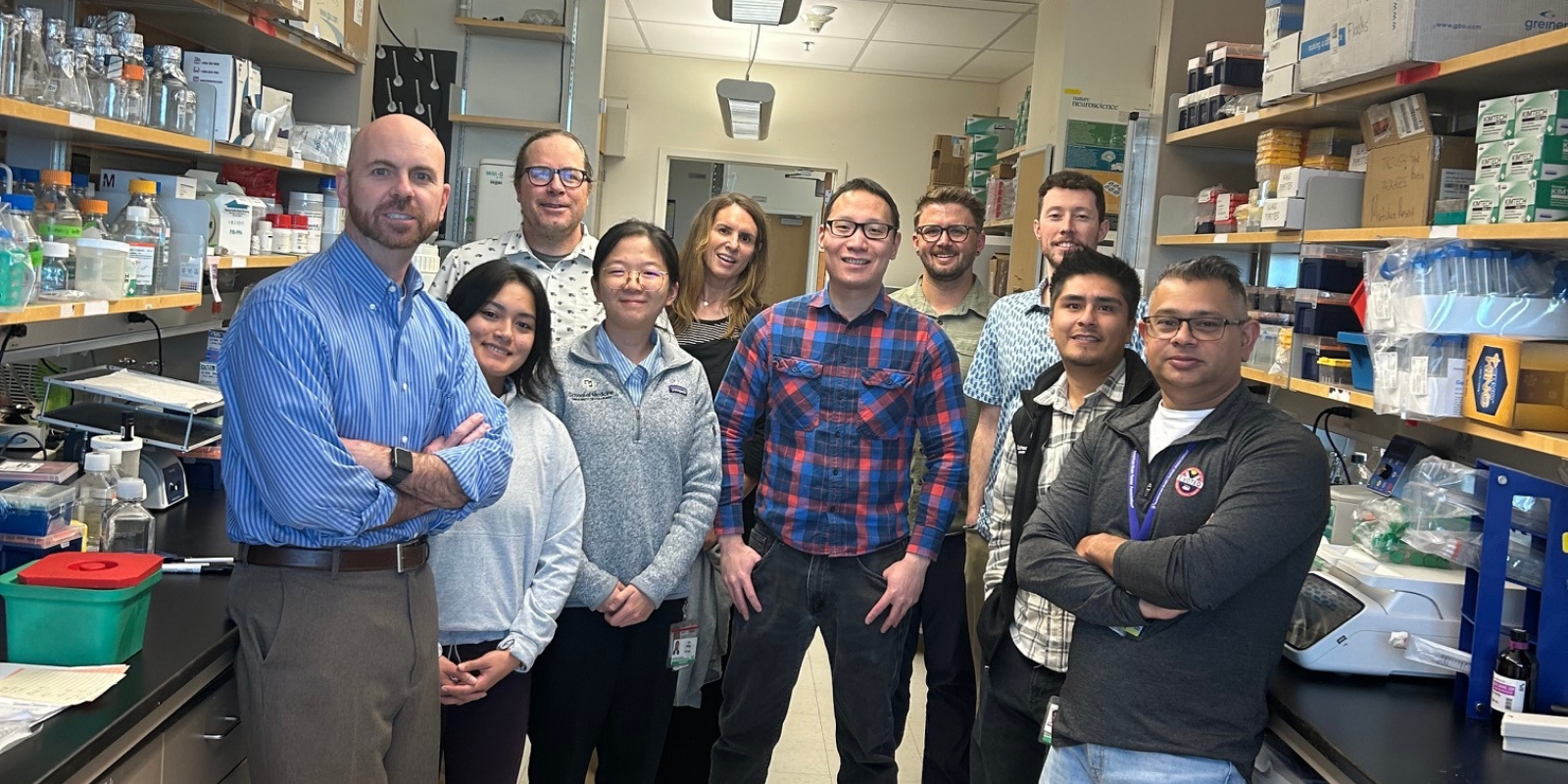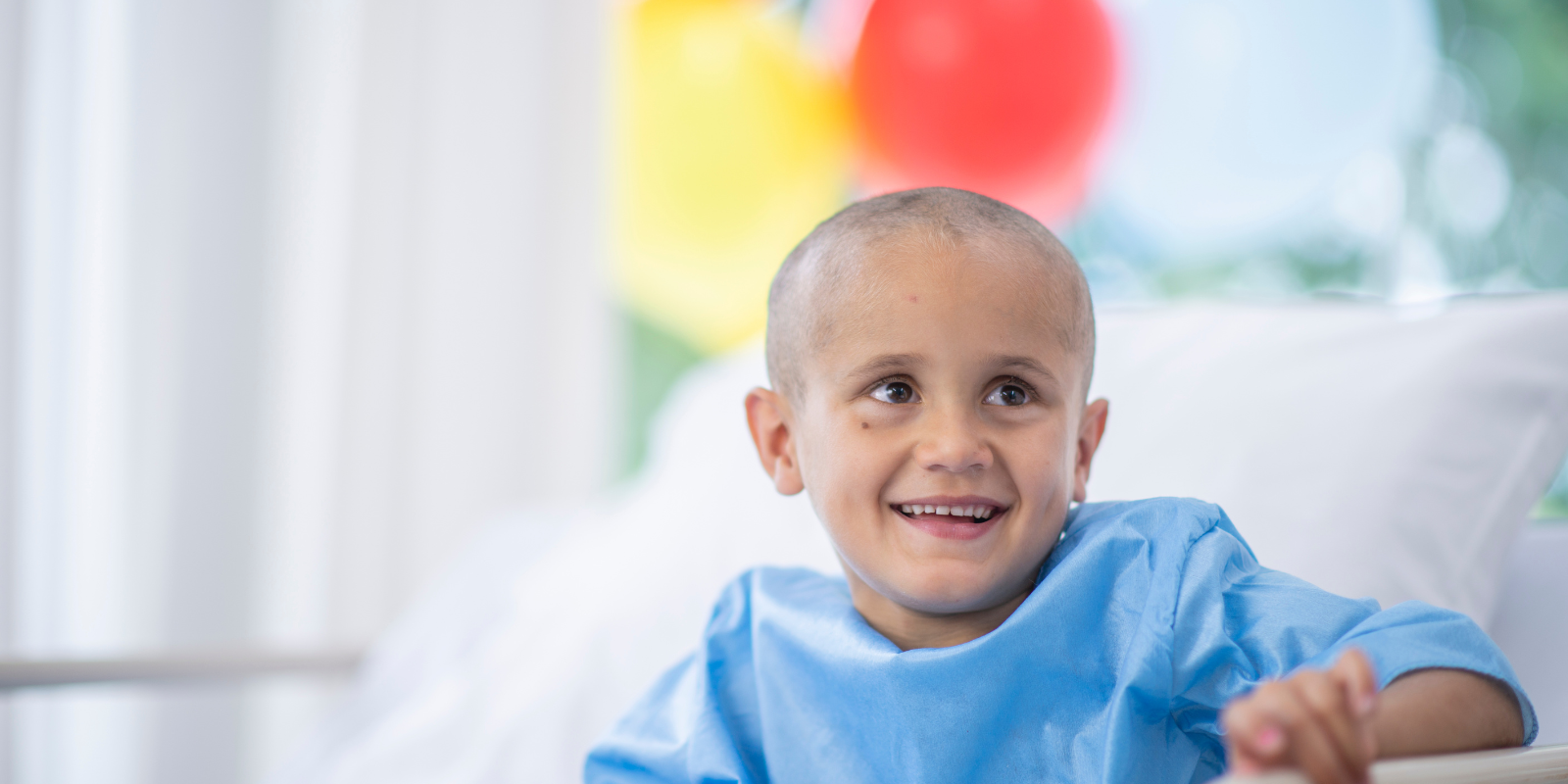May is Brain Tumor Awareness Month, which makes it a perfect time to turn the spotlight on pediatric brain cancer. Brain cancer is the second most common cancer in children, after leukemia, and brain tumors are the most common solid tumors in children and adolescents, with more than 4,000 new diagnoses each year, according to the American Cancer Society.
University of Colorado Cancer Center member Adam Green, MD, has spent his career studying and treating pediatric brain tumors. We talked with him about what parents and others should know about the disease.





